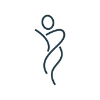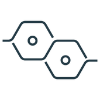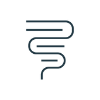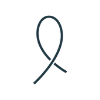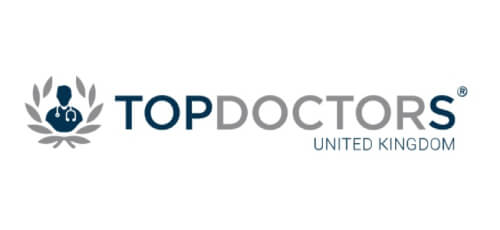The treatment for breast cancer is tailored to each individual as much as possible, so there really isn’t any such thing as an “average” treatment. There are, however, four basic types of treatment to consider: surgery, radiotherapy, endocrine treatment (such as tamoxifen or other, similar, tablets) and chemotherapy.
Surgery
For many people with breast cancer surgery is still the first type of treatment you will have. There are two broad types of surgery.
Breast conserving surgery – The first is called breast conserving surgery. The aim is to remove the cancer with a rim of normal breast tissue around it and to leave most of the breast intact. This is also called a wide local excision, or sometimes (not strictly correctly) a lumpectomy. This can be done if the lump is small relative to the size of the breast.
Mastectomy – If the lump is relatively large compared with the size of the breast then it may be necessary to remove the whole breast to make sure the cancer is completely removed.
Radiotherapy
Post-surgery, the first adjuvant treatment considered is radiotherapy. It is an important part of breast cancer treatment reducing the risk of recurrence post-surgery.
For instance, if you have had breast conserving treatment alone then the chance of the cancer coming back in that breast can be as high as 20%. Alternatively, if you have radiotherapy after surgery then this falls to under 5%. For similar reason, it is recommended sometimes after a mastectomy if the cancer has a high risk of recurring.
The treatment is given as a series of short sessions, each lasting 10-15 minutes and can go on for 3-6 weeks.
It may be used in the armpit if only a few glands have been removed and they are found to contain cancer cells. If a full axillary dissection has been done radiotherapy is rarely needed to the armpit.
Radiotherapy can cause side effects such as skin soreness and tiredness but these will usually improve when your treatment has finished.
Endocrine treatment
The next type of adjuvant therapy is endocrine (sometimes also called hormonal) therapy. As we have seen 66% of breast cancers need hormones (specifically the female hormone oestrogen) to grow (they are called oestrogen receptor positive cancers). In these cases, blocking the effects of oestrogen or preventing the body from making oestrogen, can reduce the chances of the cancer coming back.
Chemotherapy
The final one of our main four treatments is chemotherapy. This is the use of more powerful drugs to kill the cancer cells. They work by killing cells that are dividing, and as cancer cells tend to be dividing more quickly than normal cells they are more likely to be killed. However, as normal body cells can be dividing too they can be affected, leading to the side effects that chemotherapy can cause.
Chemotherapy is given in “cycles”. The drugs are given either into the vein or as tablets and can be given as an outpatient or even at home. A treatment may take a few hours. There will then a period of a few (perhaps three) weeks before the next treatment. This gives the body time to recover from a cycle before the next one. A course of chemotherapy is often 6 cycles, but it can be more. A complete course may take several months.
Breast Clinic
